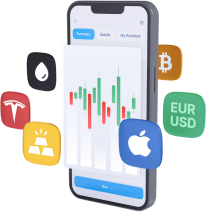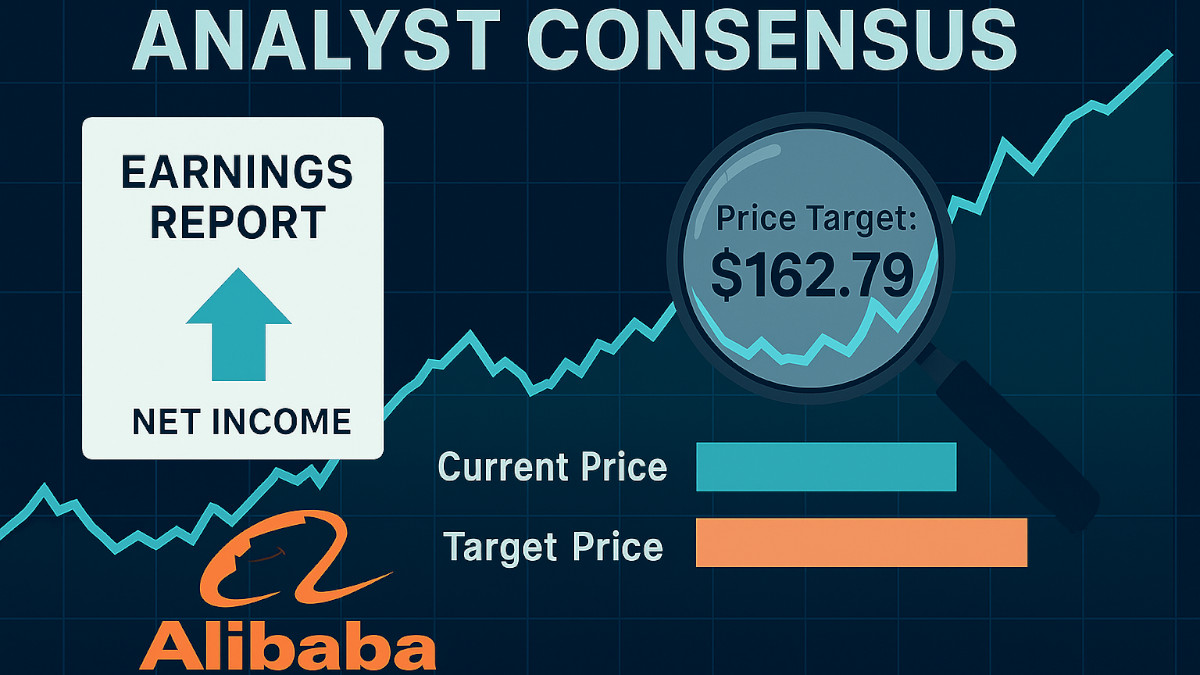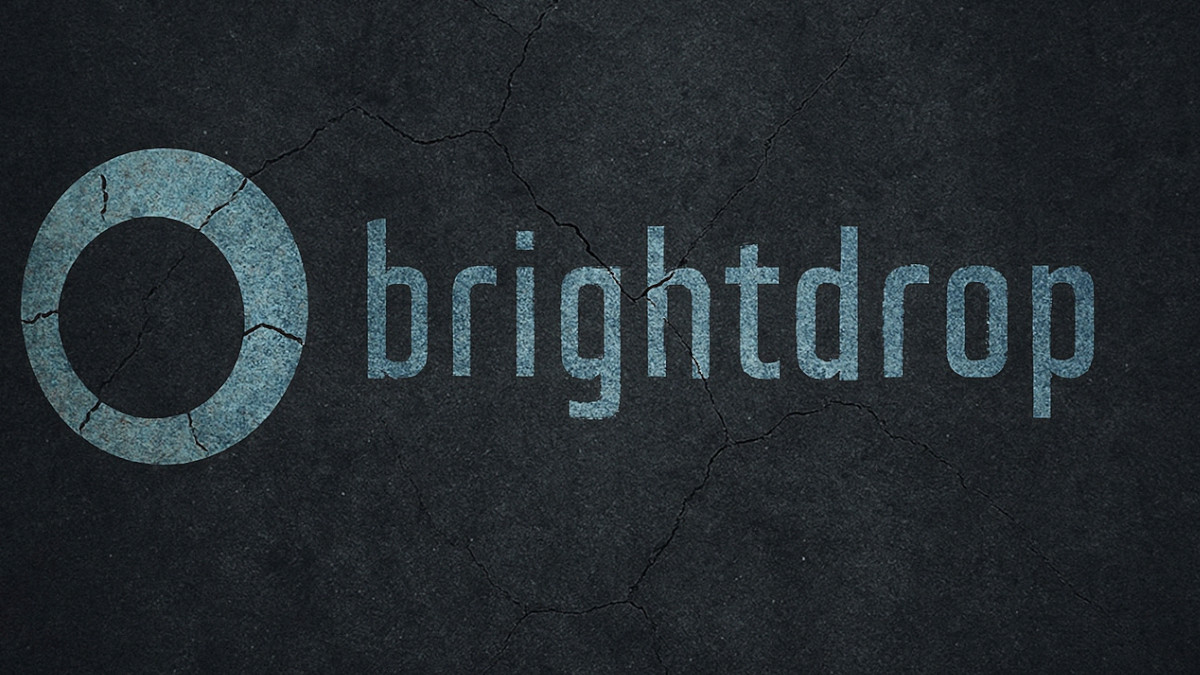Copper Price Analysis and Forecast

In Early 2023 copper prices started strong due to China reopening its economy, a major consumer of copper. They even reached a two-year high of nearly $10,000 per tonne in mid-February 2024. Prices experienced significant volatility throughout most of 2023 due to fluctuating demand, particularly from China's construction sector. Despite the volatility, prices have seen a net increase since the end of 2023, rising over 20% year-to-date as of today.
Let’s go ahead and analyze current copper price, factors affecting it.
Factors Affecting Copper Price
Supply
Global copper production in 2023 was estimated at around 22 million metric tons. The top five producers are Chile, Peru, China, the Democratic Republic of Congo, and the United States. Mine disruptions due to strikes, natural disasters, or political instability can significantly impact supply.
Recycled copper contributes roughly 35% of global refined copper supply. This is a significant source and helps meet demand without excessive new mine production. However, the availability of scrap metal depends on the lifespan of existing copper products and recycling infrastructure.
Demand
Construction is a major consumer of copper, accounting for around 25% of global demand. China's construction sector alone accounts for roughly 30% of its total copper consumption. This highlights the significant impact of China's economic activity on copper demand.
The green energy transition is driving up copper demand. Copper is used in:
- Wind turbines
- Solar panels
- Electric vehicle charging stations and electric vehicle components
The International Energy Agency forecasts a potential increase of 40% in copper demand by 2040 due to renewable energy growth.
Inventory Levels
Stockpiles of refined copper, also known as inventories, play a significant role in price stability. High inventory levels act as a buffer against sudden surges in demand. They allow producers to meet increased demand without a significant price increase in the short term. As of July 3rd, 2024, global copper inventories are considered to be relatively low compared to historical averages.
- Low inventories can exacerbate price volatility. When demand spikes and there's limited readily available copper, prices can rise rapidly.
- The current low inventory situation is contributing to the recent rise in copper prices.
As we mentioned earlier, current copper inventories are considered low. This is due to a combination of factors
- Strong demand, particularly from the renewable energy sector.
- Disruptions in mine production due to various factors like slower ramp-up of new projects.
Low inventories contribute to the current upward trend in copper prices.
The Dollar
The US dollar and copper prices have a generally inverse relationship, meaning they often move in opposite directions.
When the US dollar strengthens, it becomes more expensive for buyers using other currencies to purchase dollar-denominated commodities like copper. This can lead to a decrease in demand for copper, potentially causing prices to fall.
Conversely, a weakening dollar makes copper cheaper for buyers using stronger currencies. This can lead to increased demand for copper, potentially pushing prices up.
- It's important to note that the relationship between the dollar and copper prices isn't always perfectly inverse. Other factors like global supply and demand dynamics can also play a significant role.
- As of July 3rd, 2024, the US dollar has been experiencing some fluctuations but is generally considered to be relatively strong.
While the strong dollar might put some downward pressure on copper prices, the bigger driver of the recent price increase seems to be the strong demand for copper, particularly from the renewable energy sector.
Copper Technical Analysis
The 50 MA is trading below the 200 MA, which indicates a downtrend, however, the recent price action shows that copper broke above the 50 MA and is currently trading above it, it’s a be a sign of a potential trend reversal. Copper was trading in a downward channel. The price recently broke above the channel, indicating a potential breakout.
The MACD indicator shows a signal line is currently above 0 and rising, and we have right now a bull candle with a long body, which shows buying pressure. RSI is heading towards 70, which suggests the price might be getting overbought. However, it hasn't reached 70 yet, so there could still be some room for upside.
Overall, there is a potential trend reversal for copper. The price breaking above the 50 MA and the downward channel are positive signs. However, it's important to note that the MACD is neutral, and the RSI is indicating nearing overbought territory. So, the bullish momentum might be weakening.
Look for a confirmed breakout if the price closes above the resistance level at 4.53.
Bottom Line
Copper prices have experienced a rollercoaster ride in 2023, but ultimately trended upwards. This is due to
- Strong demand: Particularly from the construction and renewable energy sectors.
- Relatively low inventories: Exacerbating price volatility.
- Geopolitical tensions: In major copper-producing countries pose a risk of supply disruptions.
While the recent price increase suggests a potential trend reversal, technical indicators show some conflicting signals. The overall outlook for copper prices depends on the interplay of these various factors. Stay informed about news and events that could affect the copper market, such as changes in global demand, mine production, and the US dollar's strength.







